Dragon Fruit, Huo Long Guo, 火龙果 , Hylocereus undatus
Disclaimer For educational purposes only. Do not use as medical advice
The skin of the dragon fruit is not edible. The easiest approach is to cut the fruit in half and eat the inner with a spoon as one would a kiwi. USA: Hylocereus undatus is available in Florida. USDA Zones: 9-11. Native: China, Central America, Mexico, South America, Australia, Middle East Habitats: Thickets, rockwalls, tropical areas Herbal medicine may interact negatively with pharma drugs and other herbs. Examples below: Herbs: ♦ Antidiabetic: Mei Gui Hua, Du Zhong, Dang Shen, HuoLong Guo, rougui, Celery, Chamomile, Moringa Tree, Basil, Ku Gua, Hibiscus, Gou Qi Zi, Ju Hua, Xia Ku Cao, Dang Gui, Zhi Mu, Shi gao, Xuan Shen, Cang Zhu, Shan yao, Huang Qi, Artichoke ♦Laxative: Hibiscus, Chamomile, Asparagus, Dragon Fruit, Zhu ling (Polypori Umbellati), Che Qian Zi, • Ze Xie, Mu Tong Pharma Drugs:♦ Antidiabetic: Acarbose (Precose ) , Albiglutide (Tanzeum) , Alogliptin (Nesina) , Bromocriptine mesylate (Cycloset , Canaglifozin (Invokana) , Chlorpropamide (Diabinese) , Dapagliflozin (Farxiga) , Dulaglutide (Trulicity) , Empagliflozin (Jardiance) , Glimepiride (Amaryl) , glipizide (Glucotrol) , Glyburide (DiaBeta , Glynase) , Insulin , Linagliptin (Tradjenta) , Metformin , Miglitol (Glyset) , Nateglinide (Starlix) , Parlodel) , Pioglitazone (Actos) , Pramlintide , Repaglinide (Prandin) , Rosiglitazone (Avandia) , Saxagliptin (Onglyza) , Sitagliptin (Januvia) , Tol-Tab) , Tolazamide (Tolinase) , Tolbutamide (Orinase) ♦ Laxatives: Castor Oil, Citrucel, Colace Surfak, Correctol, Dulcolax, Ex-Lax, Fleet Enema, Fleet Phospho-Soda, GoLYTELY, GlycoLax, Magnesium Citrate, Milk of Magnesia, MiraLax, Metamucil, Microenema, Senokot
Health Benefits
For: Diabetes • Hyperglycemia • Insulin resistance • Breast cancer • Constipation • Anemia
Attributes: Anti-inflammatory • Laxative • Antioxidant • Hypoglycemic • Antibacterial
Products (online examples)
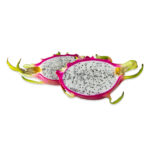
Fresh Fruit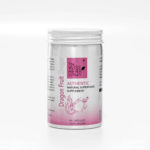
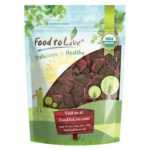
Photos (Click to enlarge)
Fun Facts
Other Names: Strawberry pear • Pitaya • Buah naga • Nanettika fruit • Kaktus madu
Plant Family: Cactaceae (catus)
Eating too much red-colored dragon fruit can turn urine reddish (like beets). You can grow dragon fruit cactus from the seeds in the fruit.
Species
Three species of Hylocereus (guatemalensis, polyrhizus, and undatus) and one species of Selenicereus (megalanthus). There are also numerous hybrids. Selenicereus megalanthus is more popular in South America and Colombia. [more]
Growth
Hylocereus undatus is in the USDA Plant Database. Drill down via USDA Interactive Map:
Category: Tonify Yin
English: Dragon Fruit Pinyin: Huo Long Guo Pharmaceutical:
Organs: Lung Temperature: Cold
Taste: Sweet Toxicity: None noted
Patterns: High blood sugar
Actions: Tonify yin
Indications: High blood sugar • Constipation • Anemia
Contraindications: Low blood sugar • Diarrhea
Typical Dosage: N/A
Parts Used: Fruit
Other:
Alert
Be cautions with all medicine.
Potential Drug Interactions
Information in this post came from many sources, including class notes, practitioners, websites, webinars, books, magazines, and editor's personal experience. While the original source often came from historical Chinese texts, variations may result from the numerous English translations. Always consult a doctor prior to using these drugs. The information here is strictly for educational purposes.

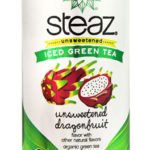
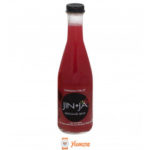
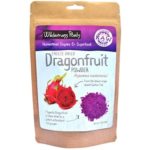
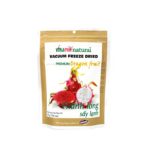
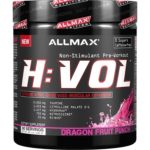
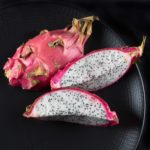

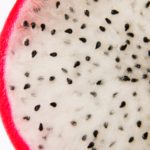
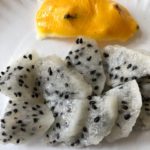
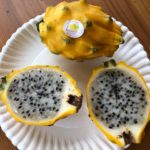
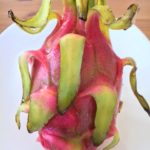

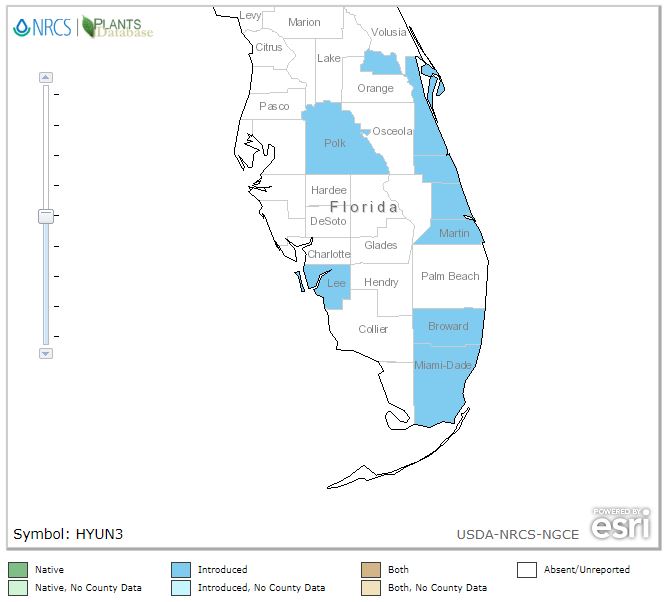
0 Comments